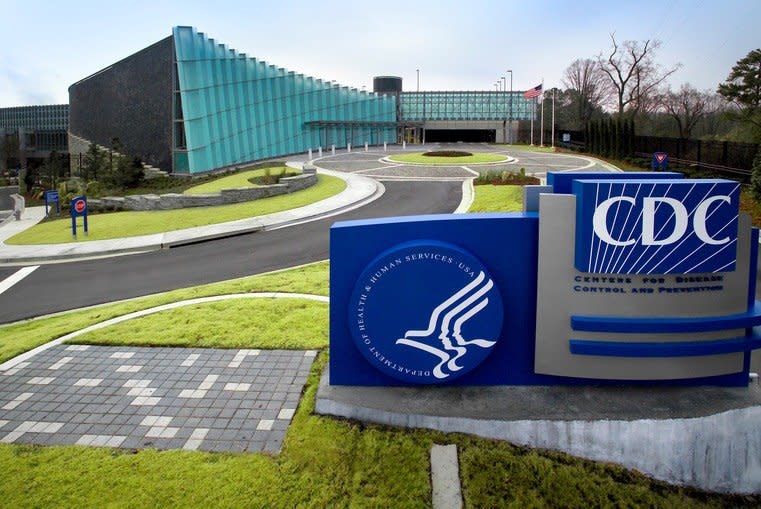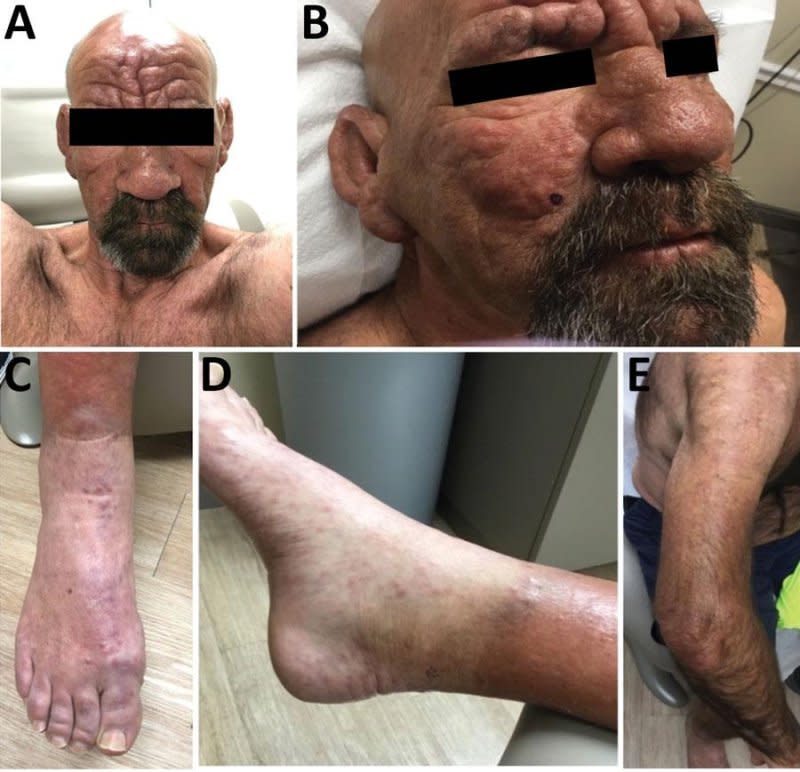CDC report finds leprosy endemic in southeastern United States, particularly Florida

Aug. 2 (UPI) -- Leprosy, a chronic infectious disease that leads to serious skin lesions, is at the endemic stage in the southeastern United States, according to a report published by the Centers for Disease Control and Prevention.
The report shared by the CDC's Emerging Infectious Diseases Journal said Tuesday that reports of leprosy, also known as Hansen's disease, have more than doubled over the last decade. Florida, it added, was among the states with the most cases.
"Central Florida, in particular, accounted for 81% of cases reported in Florida and almost one-fifth of nationally reported cases," the report said.
Leprosy is a bacterial infection that attacks nerves, which can lead to swelling and lesions. The method of transmission is not widely understood, though prolonged exposure to respiratory droplets from person to person is the most common route of transmission.
The report cited a 54-year-old central Florida man who reported contracting leprosy "without risk factors for known transmission routes."

The report noted that the man lived in central Florida his entire life, worked in landscaping and spends long periods of time outside.
He denied engaging in any domestic or foreign travel which had been tied to past outbreaks or contact with armadillos, which carry a unique bacterial strain tied to a "high percentage of leprosy cases in the U.S. south, suggesting the likelihood of transmission from animals to humans.
"In summary, our case adds to the growing body of literature suggesting that central Florida represents an endemic location for leprosy," the CDC's report read. "Travel to this area, even in the absence of other risk factors, should prompt consideration of leprosy in the appropriate clinical context."
More than 100 cases were reported by Florida healthcare officials over the five years ending in 2021. The CDC says that an endemic "refers to the constant presence and/or usual prevalence of a disease or infectious agent in a population within a geographic area."
Six cases of leprosy were reported among California residents between 2017 and 2022, and all were U.S.-born -- that is, not hailing from a country where leprosy remains relatively common. Worldwide, more than 200,000 people are diagnosed with leprosy each year, largely in Southeast Asia, according to the World Health Organization.
The CDC said among the new leprosy cases reported in the United States between 2015 and 2020, about 35% likely acquired it locally.

